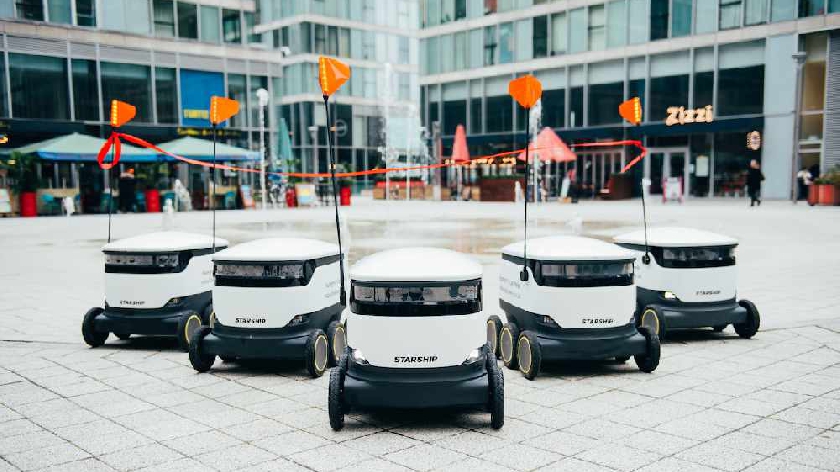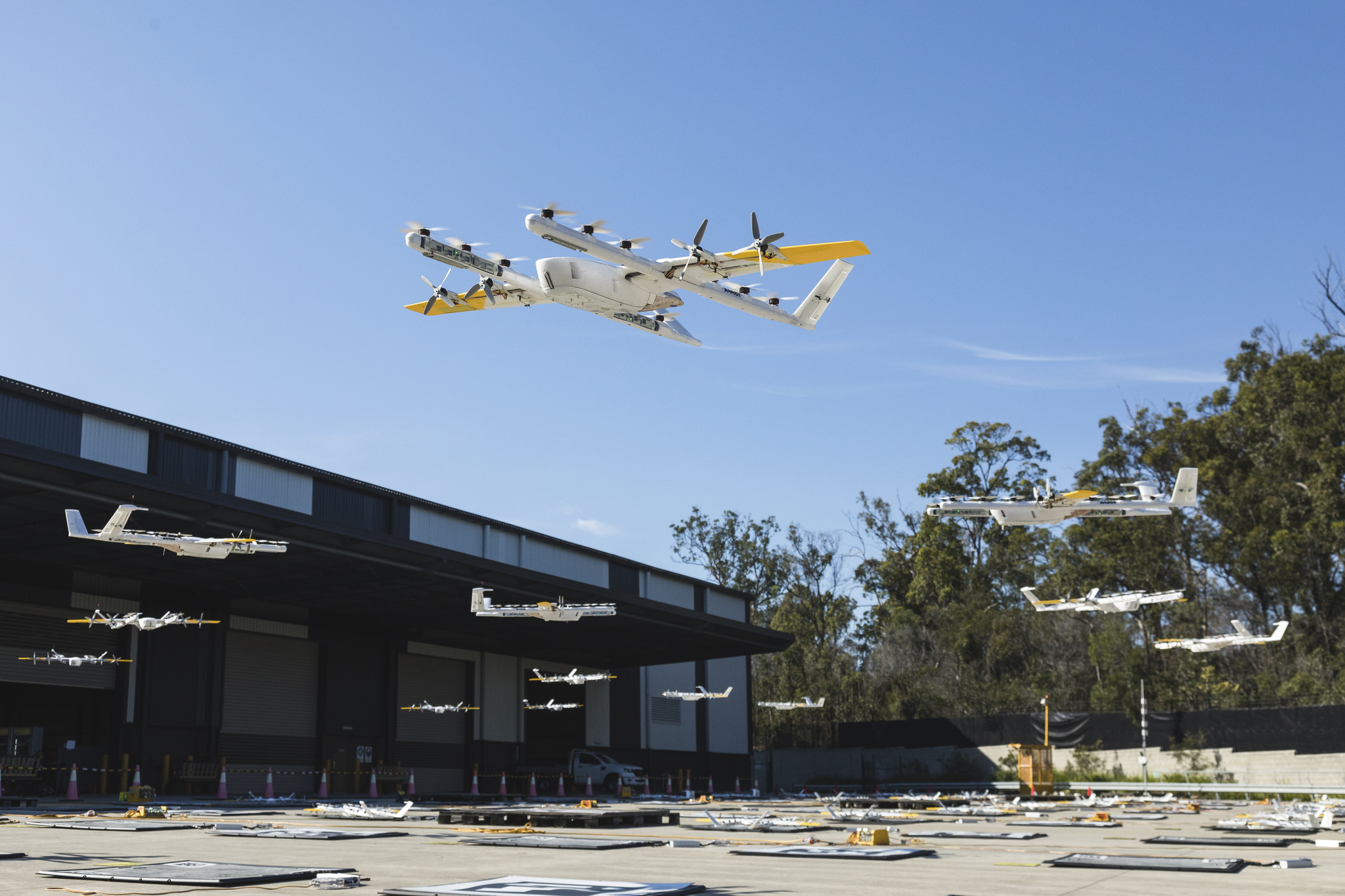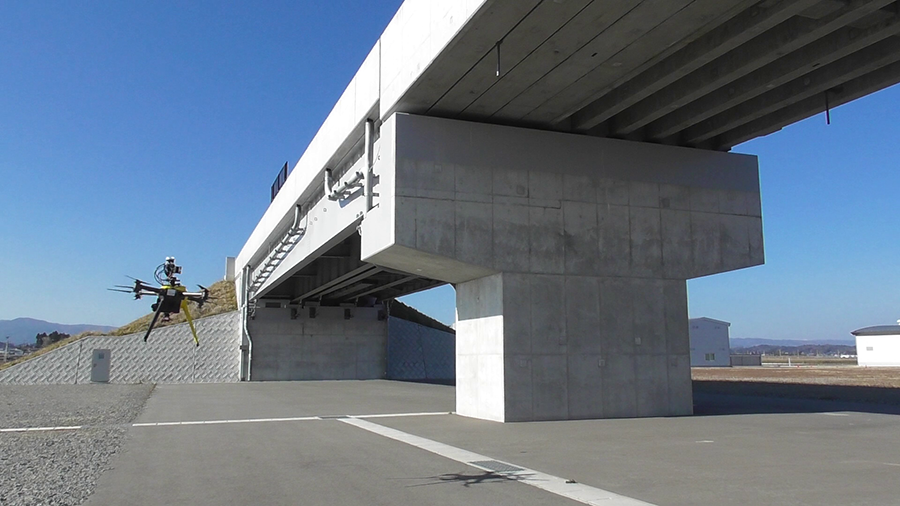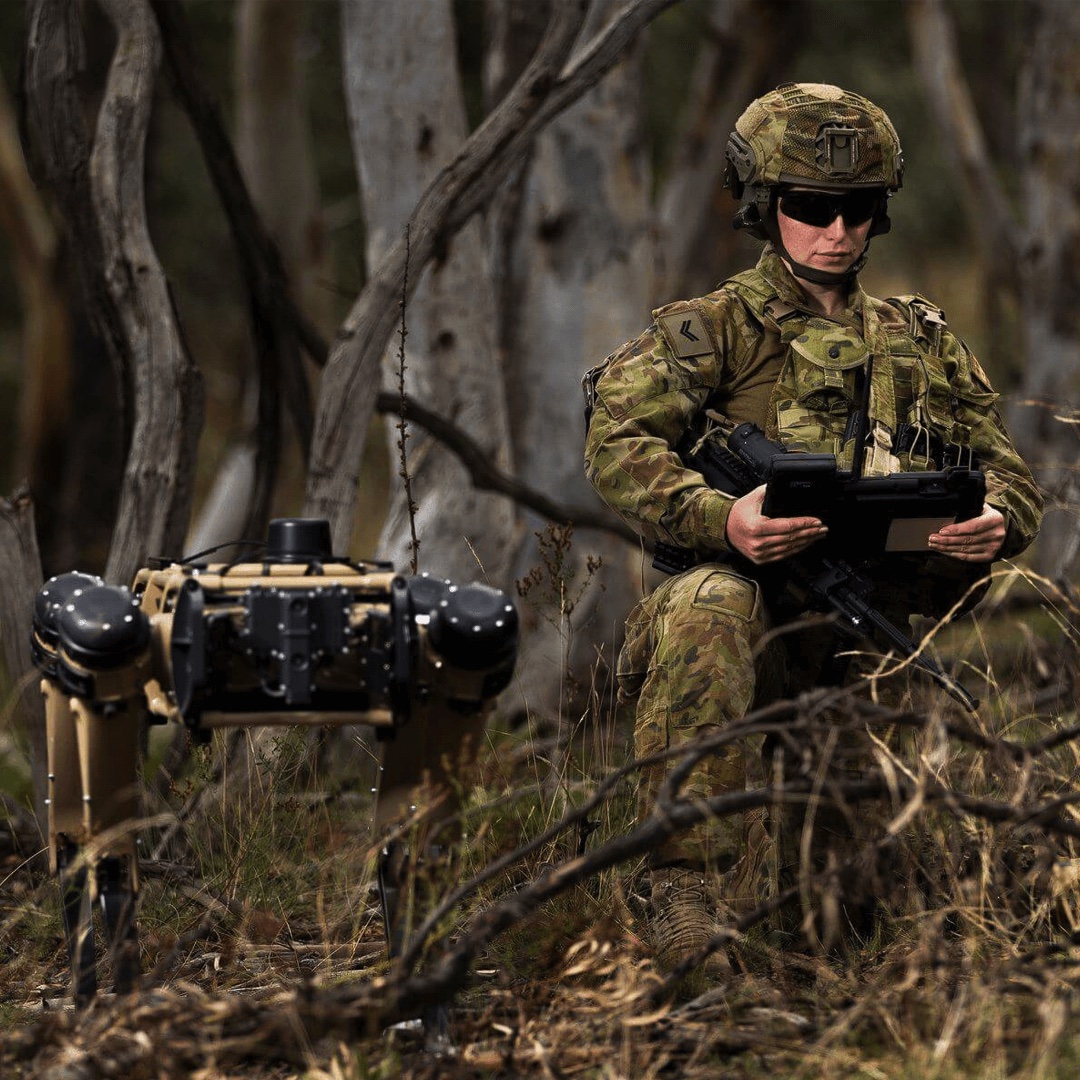I’m writing this fresh off hosting TechCrunch Live this week with Jonathan Hurst of Agility Robotics and Bruce Leak of Playground Global. I’ll be posting more about the session later this week, but in the meantime, it’s got me thinking about carts, horses and the inherent ordering system therein.
Specifically, how important is it that a robotics startup have a specific notion about things like addressable market when starting out? It’s a complex question with no single answer and one that’s largely dependent on the startup and the investors. Agility showed off its Series A/seed (it’s complicated) pitch deck this week, which was more a highlight of the company’s technology than a sophisticated breakdown of market fit.
If your technology is compelling enough — and you find the right firm — you might be able to get away with this. Of course, in addition to some really cool YouTube videos (which did, indeed, play a role in getting on Playground’s radar), the startup also proved that it was able to create, build and sell robots on a limited budget and headcount. All told, the company sold around a dozen Cassie robots, which largely went out to research facilities.
Image Credits: Ford/Agility Robotics
Nice work if you can get it. There’s a reason some larger corporations continue to target research facilities, even if it’s sometimes a bit of a loss leader. Imagine training a future generation of roboticists on your specific platform. Talk about ivy league grass roots growth. And hey, the ones that develop really clever applications could well find a way onto your payroll in the future.
That said, the seeds of future growth were in the pitch deck as well. In addition to current applications like warehouse fulfillment, the pitch does highlight Digit’s potential as a developer platform. This is clearly the direction things have been going for a while beyond the world of single-purpose robotics. Anyway, good talk. More information on that will be hitting TC in the next couple of days.
This week’s a bit of a slow one, in terms of big robotics headlines, though we’ve got some funding rounds to discuss. First up is the world of last-mile delivery robotics, which apparently is an excuse to print money these days. I’ve seen a lot of verticals make out like fundraising bandits during the pandemic, but I’m having trouble remembering the last time a week went by without a big delivery round.
Lots of hungry VCs out there sitting around their deserted offices, wondering where their food is, I guess.

Image Credits: Starship Technologies
This week, Starship Technologies returns to the well. A $42 million Series B puts the company north of $100 billion all told. NordicNinja and Taavet+Sten led and TDK Ventures and Goodyear (yes, that TDK and that Goodyear) returned for the round. Fun nugget from Ingrid’s write up that I’m just going to go ahead and quote straight up for you:
“There is so much more to be done. We are still in grand scheme of things just getting started,” Ahti Heinla, the CTO who co-founded Starship with Janus Friis (the Skype co-founder, where Heinla was a key early developer), said in an interview.
On the form factor, he confirmed that one idea that the company is working on in its R&D labs is a robot that will travel not just on the sidewalk, as the current model does, but also the road, which will also bring it into the realm of working on “bigger robots.”
“I wouldn’t be surprised if we do something like that in the future, although the sidewalk strategy is still a good choice for the majority of deliveries out there.”
For now, though, a small cart with a bunch of wheels is really the path of least resistance — unless you’re Agility, I suppose.
Drone delivery, on the other hand, feels so hit or miss these days. There are broader (and important) questions around how much we really want or need a sky full of drones. Amazon drones, Google drones, UPS and Fedex drones all whirring above our heads, getting our lattes to us while they’re still reasonably warm. I’ve long noted that they make sense for more rural areas (battery and range depending). Certainly getting someone in some remote and hard to reach location their medicine is the sort of application we can all rally behind.
But Alphabet’s Project Wing has long had urban regions on its list, including the Australian capital. This week, the company reached 200,000 commercial deliveries. That comes six months after the firm hit the 100,000 milestone, 30,000 of which happened in Australia in the first months of 2022.

Image Credits: Wing
The news finds Wing partnering with major Australian supermarket chain Coles in Canberra. It will join KFC, Vietnamese restaurant chain Roll’d and Friendly Grocer, which is providing rapid COVID tests through this service. Says Wing:
Integrating drone delivery into daily life isn’t just an added convenience. It holds the promise to reduce traffic congestion, accidents, and greenhouse gas emissions while growing sales for businesses all the while giving people more time back in their busy lives. If you want a peek into that future, just look to Australia.
With both drones and infrastructure top of mind, CMU is showcasing a crack-detection system for bridges and other infrastructure, created in a joint development with Tokyo-based construction firm Shimizu Corp. The pair have created a prototype drone designed to seek out problem areas before they, well, become much larger problems.

Image Credits: CMU
“The automated technology we developed for the Shimizu project is designed to prevent this type of collapse via comprehensive mapping, crack detection and structural analysis that would be too much work if it were done by hand,” says CMU associate research professor Sebastian Scherer. “Today, typically you only do spot checks on critical parts, since an exhaustive survey and analysis would be too slow. Automated defect-detection technology would enable inspectors to check bridges more frequently and perhaps identify problems before failures occur.”
File this under: You knew this was going to be an issue. Axios this week reported on a letter from a trio U.S. Congressional Democrats asking for a meeting with U.S. Customs and Border Protection about those Ghost Robotics dogs currently being piloted on the border. Among the notes is an issue with the phrase “robotic dogs,” which I just used in the previous sentence.

Image Credits: Ghost Robotics
“It downplays the threat the robots pose to migrants arriving at our southern border and the part they play in a long history of surveillance and privacy violations in our border communities,” the letter reads, in part.
All right, more next week! In the meantime, please subscribe.

Image Credits: Bryce Durbin/TechCrunch
Source : Putting the autonomous cart before the robotic horse















